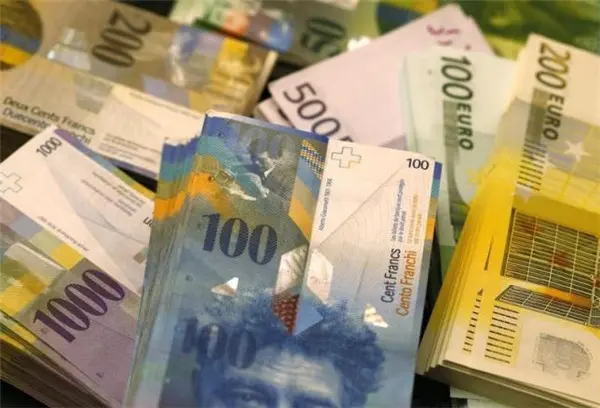Over the past four decades, the southern Chinese city Shenzhen has been the vanguard in Beijing’s efforts to liberalize China's economy. But the city’s growth model has changed several times.
Yumin Village neighbors Hong Kong, one of the richest communities in the Chinese city.
A former village chief, 77-year-old Deng Zhibiao said 40 years ago, everybody in the city wanted to move to Hong Kong.
Deng Zhibiao, former village chief of Yumin
"Back in those days, most villagers fled to Hong Kong. There were only about 100 people who stayed here. And the only reason they stayed is that they couldn’t find ways to leave," said Deng.
Soon after though, China’s reform and opening up began, and Shenzhen entered a new era as the frontier of the country’s experiment.
In its early years, Shenzhen’s economy boomed on the back of Hong Kong capitals, factories, and minds. Deng’s village also found its first pot of gold.
"We copied many business models from Hong Kong. Some people started to do shipping business, purchasing goods from Hong Kong. Some opened restaurants. And some people sold river sand to the construction sites," he said.
In just a few years, Yumin became China’s first village to reach annual per capita income of 10,000 yuan.
Yumin became China’s first village to reach annual per capita income of 10,000 yuan in the 1980s.
Millions of people moved from interior areas to Shenzhen for opportunities in factories, offices and business.
That made the city a "world factory," producing cell phones, computers, electronics, and apparel for domestic and foreign consumers. In 2007, Shenzhen's overseas exports reached over 150 billion US dollars, ranking first for 15 consecutive years in China.
"In this export-oriented era, a complete supply chain of the tech sector was established in Shenzhen,” 32-year-old Xie Tiandi, senior manager of world’s largest drone maker DJI, told CGTN.
In fact, experts now put DJI on a par with giants like Huawei and Tencent as Shenzhen continues to transform into an innovation-driven economy.
Xie’s company just launched the latest industrial thermal camera. He said the camera has been widely used in the US, China, and Africa for forest fire alarming, grid-maintenance, anti-poaching and even anti-terrorism.
Xie Tiandi explains the company's latest thermal camera to customers.
Talking about what brought him to Shenzhen, Xie said he came to the city before the explosion of the mobile Internet and smart hardware.
"Thanks to the industrial capabilities nurtured in previous decades, when the new era came, new technologies quickly empowered Shenzhen’s industries to upgrade. So Shenzhen becomes the so-called Chinese Silicon Valley,” he said.
Xie thanked the industrial environment in both the city and the Pearl River Delta region.
(CGTN)
 简体中文
简体中文

